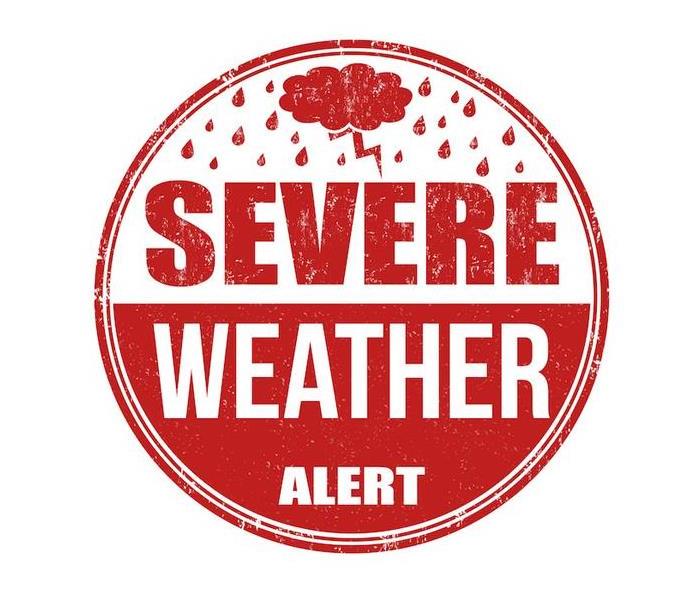Storm Alerts Can Keep You Safe...If You Know What They Mean
7/13/2022 (Permalink)
If you are quickly overwhelmed with information after looking outside and seeing ominous clouds, you are not alone! There are close to 42 different kinds of weather alerts broken down into seven different categories. That is a lot to take in.
Understanding different kinds of storm alerts means that you can move to safety when it is necessary. You can also take the time to prepare your home before things get dangerous and avoid damages later.
A general knowledge of all kinds of weather is helpful, but it is essential to understand the weather and alerts we are most likely to see right here in Jonesboro.
Where do weather alerts come from? If a forecast is just a prediction, how is a storm’s location, strength and duration monitored? There are a couple of answers to those questions.
Weather forecasts and any alerts that need to be consequently issued come from the National Weather Service. There are six regional offices around the United States and more than 100 forecasting offices. That means that when we receive a forecast, it is localized and accurate. Our forecasts and alerts typically come from the forecasting office in Little Rock.
Employees and meteorologists with the NWS use several different kinds of data to create a forecast, including radar, sensors, seismic and solar activity and satellites. The kind of information used will vary according to the weather event predicted to take place, but the end goal is always to produce the most accurate forecast possible.
A “watch” and a “warning” are two kinds of weather alerts that everyone should understand. This is language that will be used with just about every weather event, including winter storms, flooding and thunderstorms.
When a watch is issued, you should begin preparing your home for potentially dangerous weather. Watches are issued for large areas, while a warning will be issued when a storm system has been pinpointed to a more exact location, such as a county or city.
When a warning is issued, you should move to safety immediately and take any other necessary steps to protect your home and your life.
You should also have a good understanding of the typical alerts we could see here at home. With our weather, this is a pretty wide variety of things. While our winters are mostly mild, we can’t rule out an occasional freeze or winter storm.
Our spring and summer bring thunderstorms, heavy rain and even tornadoes. We all need to understand how to respond when a tornado watch, warning and emergency alert is issued in order to best protect our loved ones.
Clearly understanding weather alerts is certainly the first step in protecting your home and life during a weather event, but there are a few other things you can do as well.
Keep your gutters clear of debris and secure your outdoor furniture to help avoid flood and wind damage.
Secure a safe space in your home and keep it stocked with emergency supplies in order to shelter in place during a storm. Rehearse an exit plan with your family for those times when it isn’t safe to stay at home, and make sure everyone knows how to communicate with one another during an event.
Once the storm has moved on and all of your loved ones are accounted for, walk your property and take pictures of any damages you received. Give SERVPRO a call right away as well. We have 24⁄7 availability to get your restoration and recovery started faster.
Learn as much as you are able about our community’s weather so that you can stay safe no matter what Mother Nature throws at you. We have seen some scary weather in our town, but we know with preparation, we can ride out any storm well.
Experienced storm damage to your home or property? Contact us today for a quick response!





 24/7 Emergency Service
24/7 Emergency Service
